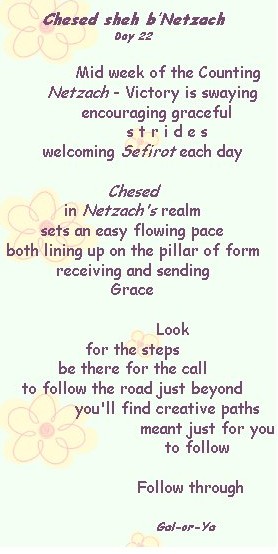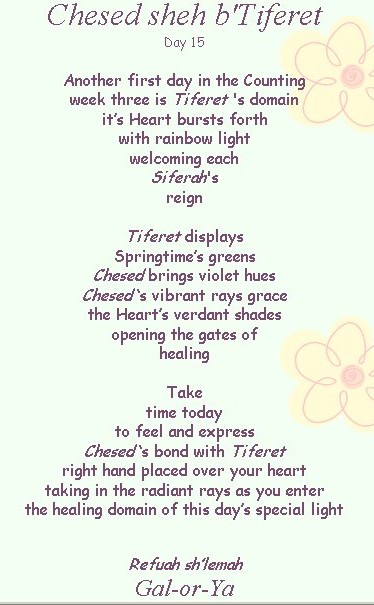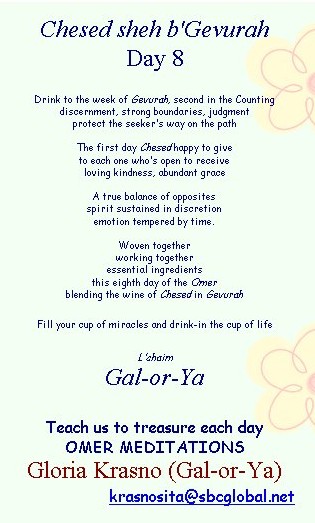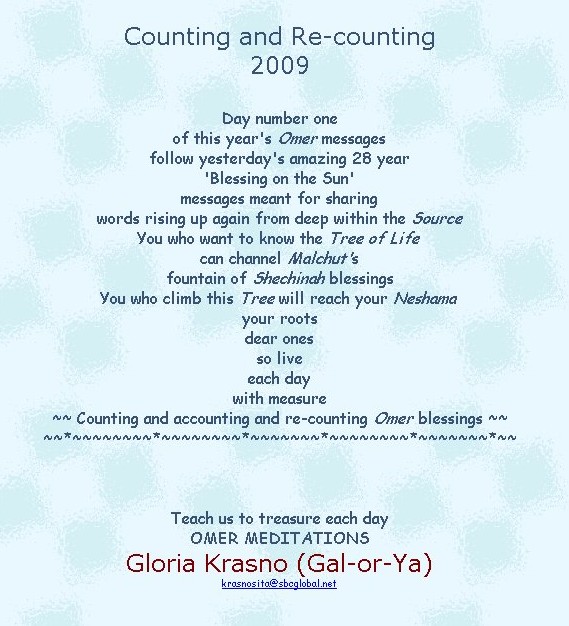Lag BaOmer, A Day of Hod / Splendor
Tuesday, May 5th, 2009Here’s a translation of Reb Zalman’s writings on Lag BaOmer from his Sefer Yishmiru Da-at. The original text in Hebrew and English plus some background are provided below. Gabbai Seth Fishman, BLOG Editor
Lag BaOmer
excerpt from Yishmiru Daat
by Rabbi Zalman Schachter-ShalomiLag baOmer – is Hod sheb’Hod / splendor of splendor (in the accounting of Sefirah).
(Genesis 32:25) “And he touched the hollow of his thigh and the hollow of Jacob’s thigh was sprained, etc.,” which was [the thigh of] the left leg, Hod / splendor, (cf., Pardes Rimonim Shaar 17 ch. 1).
And the one who wrestled, i.e., Esau’s guardian angel, had not wanted Jacob, (who is Tiferet / majestic beauty, presence, mercy), to feel his own beauty (yafyo), and his attack was intended to diminish his esteem, as though he had no Hod / splendor whatsoever. And one who is smitten like this may think that s/he has no chen / grace, Hod / splendor or yofi / beauty, but rather, s/he may think s/he is ugly.
However, when a perceived external reality appears to indicate some turn for the worse in one’s grace, one may nonetheless feel, at core, that one is in Hod sheb’Hod / splendor of splendors; one may yet feel this at a time when one’s inside, innermost places cannot access a shemen sasson / oil of gladness meant to revitalize oneself when one loses one’s sense of chen / grace. For this reason, we pray when we count the Omer on Lag BaOmer: “May it be Your will… that in the merit of the Omer count that I have counted today, that there be corrected whatever blemish I have caused in the Sefirah Hod she-b’Hod,” i.e. those times when within one’s innermost places one feels a sense of ugliness.



